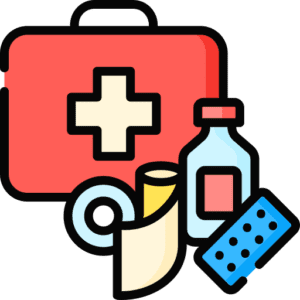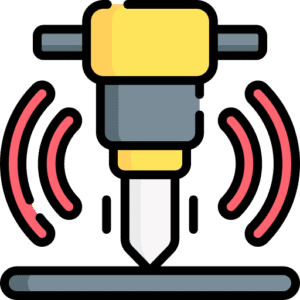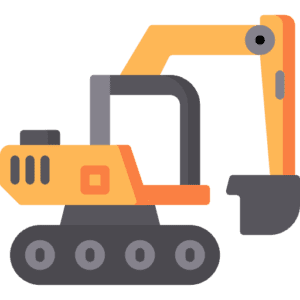CSCS Site Transport Test
Why is Site Transport Safety Important?
Construction sites are busy environments with various vehicles, machinery, and workers moving around. Without proper safety measures, transport-related accidents can lead to severe injuries or fatalities. The CSCS Site Transport Test ensures that workers understand traffic management, vehicle safety, and pedestrian precautions on-site.
What Will You Learn in This Test?
This test assesses your knowledge of site transport risks, best practices, and safety regulations. By taking this test, you will learn:
How to identify and minimize site transport hazards
Safe procedures for operating and working around vehicles and machinery
The importance of designated pedestrian walkways and traffic routes
How to follow site transport rules and signage
Employer and employee responsibilities under UK transport safety laws
Key Topics Covered:
Common Site Transport Hazards – Vehicle collisions, reversing accidents, and poor visibility.
Traffic Management and Pedestrian Safety – Safe walkways, barriers, and warning signals.
Safe Use of Site Vehicles and Machinery – Proper loading, unloading, and reversing techniques.
Emergency Procedures – What to do in case of a transport-related accident.
Legal Responsibilities – Compliance with the Workplace Transport Safety Regulations.
Types of Accidents: Understanding the various accidents that occur on-site, including injuries, near misses, and unsafe conditions.
Immediate Actions: What to do immediately after an accident, including first aid and emergency response.
Reporting Procedures: The correct steps for notifying supervisors, filling out reports, and following company protocols.
Legal Responsibilities: Employer and worker responsibilities according to health and safety legislation.
Preventive Measures: Identifying hazards and implementing safety measures to reduce the risk of accidents in the future.
Why Take This Test?
Reduce site transport accidents by understanding vehicle and pedestrian safety.
Stay compliant with UK health and safety regulations.
Improve workplace safety by following best transport management practices.
Prepare for the CSCS Site Transport Test today and help create a safer working environment!


















